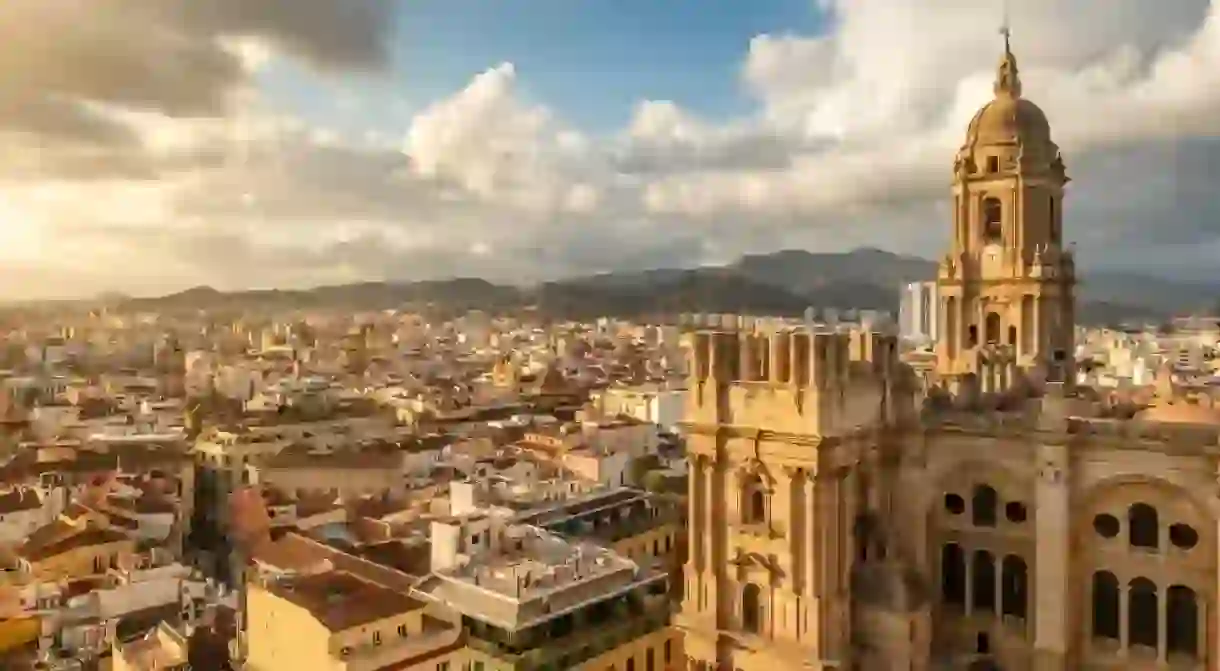The Coolest Neighbourhoods in Malaga, Spain

Over the last few years, the vibrant city of Malaga has established itself as Andalusia’s most cultural and exciting city. This is not just because of its dazzling array of museums, historical monuments and art galleries, as you’ll find when you explore its coolest neighbourhoods – some of them little-known by tourists. Read the rest for the must-see barrios in Malaga.
Old Town

La Merced
Architectural Landmark
To the northeast of the old town centre is Malaga’s trendiest quarter, La Merced. The barrio takes its name from the lively Plaza de la Merced, where Pablo Picasso was born in 1881; this square is a great place to hang out, packed as it is with bars and restaurants with sun-drenched terraces. The fact that it’s favoured by street performers of all kinds means there’s likely to be live entertainment as you enjoy your tapas, too. Just off the square is the city’s coolest covered market, Mercado de la Merced, where you can enjoy cuisine from all over the world as well as buying some of the freshest meat, fruit and veg available in the city. Venturing off Plaza Merced itself, the streets surrounding the square are a hedonist’s playground: Calle Alamo is lined with super-trendy bars and clubs and gives way to the equally popular Calle Carreteria, on which you’ll find La Tranca, the tapas joint of choice for La Merced’s locals. Pop in and you’ll see why.

Plaza de la Merced, Malaga; Encarni Novillo
Soho
Architectural Landmark
Just off the port, bordered by Alameda Principal to the north and the Guadalmedina River to the west, is a now-neglected quarter of Málaga that 50 or so years ago was a desirable residential area. Yet nowadays, Malaga’s Soho is home to one of the most exciting street art scenes in Andalusia. As part of the initiative known as Málaga Arte Urbano Soho (MAUS), some of the world’s leading graffiti artists have enlivened this barrio’s crumbling facades with amazing spray-paint images. Though there is a map of the works’ locations available on the MAUS website, it’s more fun just to walk around, discovering the wonderful murals as you go. And owing to the relative obscurity of Soho for the majority of tourists (who flock to the city’s more obvious attractions and neighbourhoods), you won’t find many other visitors walking around here, which only makes it feel like more of an adventure.

Street art in Malaga’s Soho; Encarni Novillo
El Perchel
Train Station

La Malagueta

>> Want to see the best that Malaga has to offer? Check out the best tours on this list!













